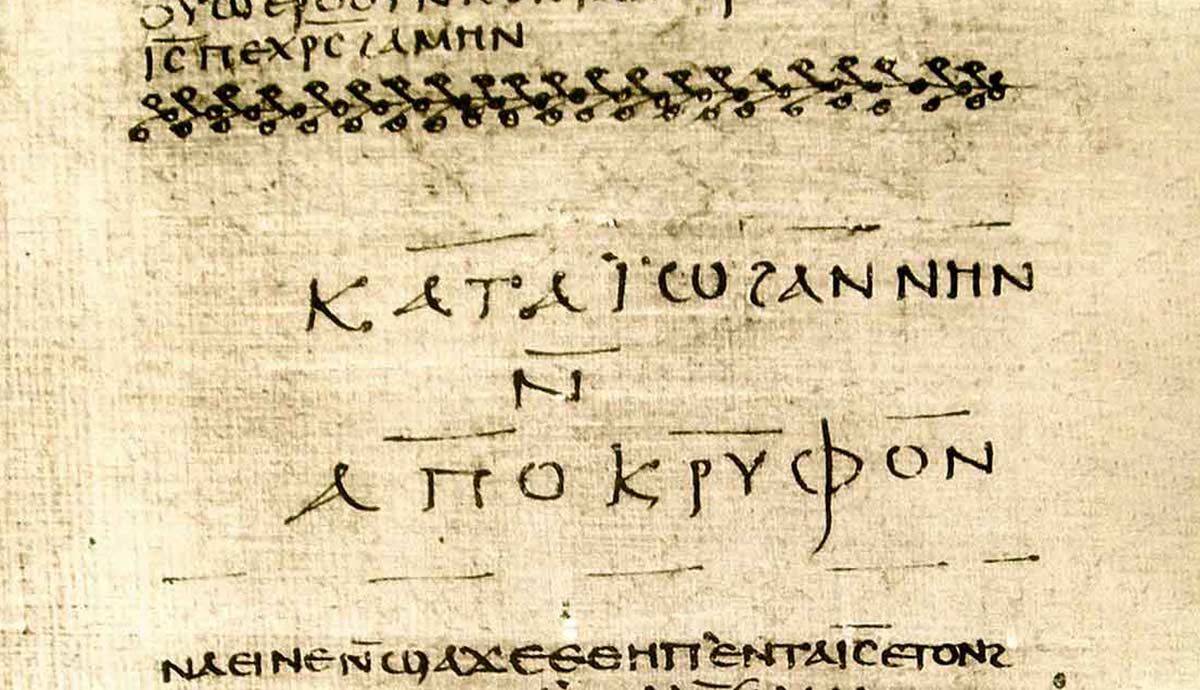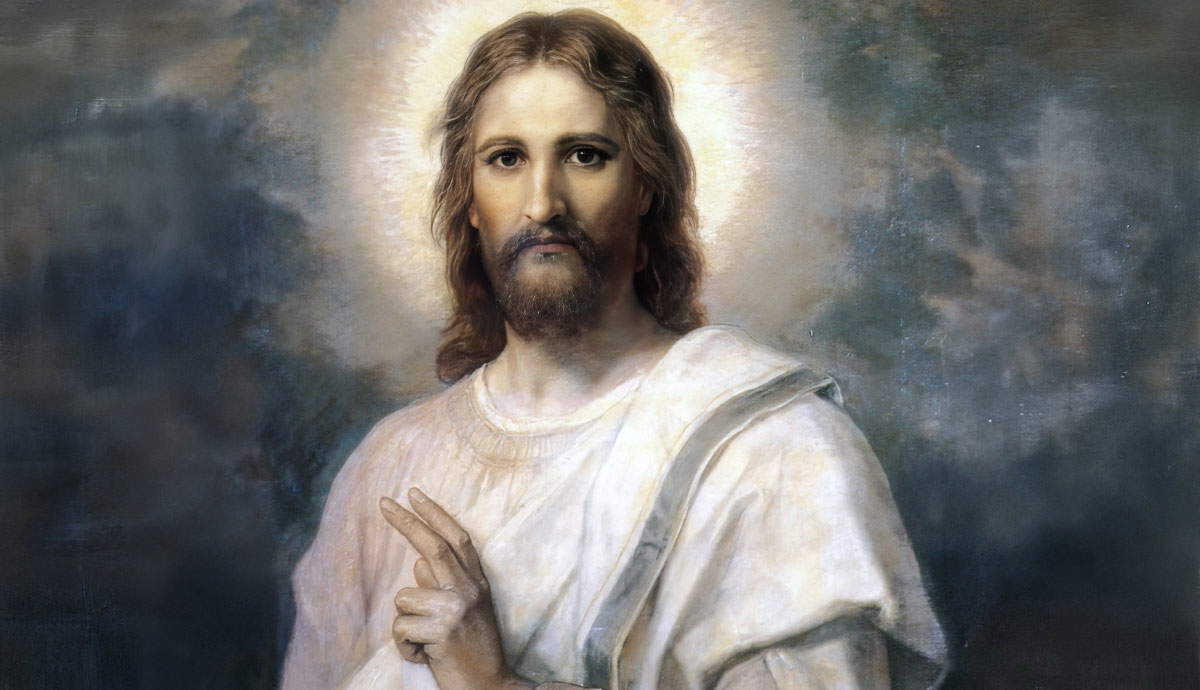
For centuries women have faced significant issues within a male-centric art world, struggling to have their voices heard or to be taken seriously. Against the odds, there are countless female artists who have pushed through the silencing and discrimination to find their creative voices, and to make a significant and widely influential mark in the history of art. We pay homage to just a small handful of the most successful, diverse female artists from throughout history, whose work is scattered throughout countless art books, and whose names and artworks grace the walls in some of the most important museum collections all around the world (although our list is only the tip of the iceberg).
Artemisia Gentileschi

At a time when few women were granted such opportunities, Artemisia Gentileschi was most likely trained by her father to become a painter from a young age. She established her own monumentally successful studio in Italy, from where she took on a series of constant commissions, many of which featured women as martyred figures, addressing the prejudices she had faced in her own life head-on.
Elisabeth Louise Vigée Le Brun

The 18th century painter Elisabeth Louise Vigée Le Brun is a remarkable figure from history. Despite being self-taught, she rose through the ranks through sheer hard work and determination. She became portraitist for Marie Antoinette in the royal court, and entered the French Academy when she was just 28 years old. Throughout her life she travelled widely, painting portraits of aristocratic society throughout much of Europe, making her one of the leading female artists of her day.
Mary Cassatt

Mary Cassatt is one of only three women whose name has been connected to the French Impressionist movement. As an American who emigrated to France, she also became a key art advisor, introducing European art to audiences in the United States which spearheaded American Impressionism. Her sparkling, luminescent paintings depict women caught in moments of ordinary life, from domestic scenes to urban activities.
Georgia O’Keeffe

American artist Georgia O’Keeffe paved new ground in the field of American modernism with daring minimal and austere compositions that cemented her place in history as one of the world’s most important female artists. Best known for her ability to take flowers away from the decorative realm into something far meatier and experimental, she also broached a variety of other subjects with her keen, exacting eye, including cityscapes and American landscapes.
Augusta Savage

A key player in the Harlem Renaissance during the early 20th century, American sculptor Augusta Savage made sculptures of some of the most significant African-American leaders and activists, including W.E. B. DuBois, Marcus Garvey and William Pickens Sr. During the 1930s she established the Savage Studio of Arts and Crafts, which evolved into the Harlem Community Centre. She also received numerous public art commissions including those for the Harlem Library, and the 1939 World Fair, and was the first African-American to be selected for the National Association of Women Painters and Sculptors.
Frida Kahlo

Mexican artist Frida Kahlo must surely be one of the best-known women artists in history, with an iconic image that is as recognizable as her art. She addressed the genre of self-portraiture with a language that was refreshingly direct, vulnerable and honest, owning her quirks and idiosyncrasies in a way that encouraged countless others to do the same.
Betye Saar

African-America artist Betye Saar made her name during the late 1960s as a sculptor of assemblages that addressed racial politics. Throughout the 1970s she became a leading member of the Black Arts Movement, using her art to directly confront white systems of power and control. The language she addressed these themes with was direct and uncompromising, shattering stereotypes and exposing uncomfortable truths.
Yayoi Kusama

One of the most important women artists of contemporary times, Yayoi Kusama has produced a vast body of work encompassing a huge variety of media including light art, installation, sculpture and performance. She took the humble polka-dot pattern and made it her own, exploring transitory experiences and psychedelic states of mind with a jaw-droppingly powerful language that has earned her an international following.
Lee Krasner

American Abstract Expressionist Lee Krasner earned a reputation during the male-driven, macho world of Abstract Expressionism, fighting for her place and proving herself a worthy competitor for her male rivals. Her art explored the deconstruction and disintegration of the picture plane in a language that was raw, fresh, and uncompromisingly direct, and she has gone on to inspire generations of female artists since.










